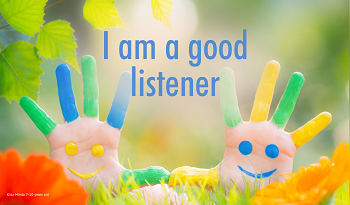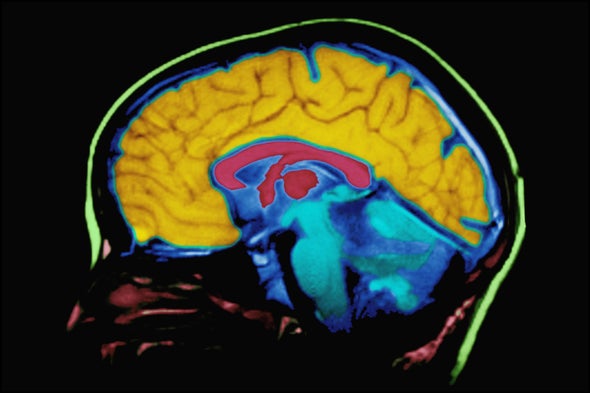Cognitive Dissonance
Pertains to the result when a person behaves in a way that contradicts their beliefs or attitude which produces a change to a people’s belief.
This produces a feeling of mental discomfort leading to an alteration in one of the attitudes, beliefs or behaviors to reduce the discomfort and restore balance.
For example, when people smoke (behavior) and they know that smoking causes cancer (cognition), they are in a state of cognitive dissonance.
By bringing attention to the inconsistencies in our minds, cognitive dissonance can be an opportunity for growth. Exactly how we choose to resolve the dissonance and the feelings of discomfort can be a reflection of our mental health.
Dissonance can be reduced in one of three ways:
Change one or more of the attitudes, behavior, beliefs, etc., to make the relationship between the two elements a consonant one.
When one of the dissonant elements is a behavior, the individual can change or eliminate the behavior.
However, this mode of dissonance reduction frequently presents problems for people, as it is often difficult for people to change well-learned behavioral responses (e.g., giving up smoking).
For example, thinking smoking causes lung cancer will cause dissonance if a person smokes.
However, new information such as “research has not proved definitely that smoking causes lung cancer” may reduce the dissonance.
A person could convince themself that it is better to “live for today” than to “save for tomorrow.”
In other words, he could tell himself that a short life filled with smoking and sensual pleasures is better than a long life devoid of such joys. In this way, he would be decreasing the importance of the dissonant cognition (smoking is bad for one’s health).
Videos
How Do You Deal With Cognitive Dissonance?
Life is filled with situations that create dissonance every day. In fact, every time you are faced with making a decision there is the possibility of dissonance. The dissonance we experience on a daily basis is usually insignificant enough that we reduce it automatically – often without even knowing — and move on. However, when beliefs and actions that are important to us conflict, we experience a greater level of psychological discomfort.
If you don’t want to live with a high degree of dissonance, you must change something in order to bring back balance. While complete consistency all of the time in everything we believe and do is almost impossible to achieve, experts typically recognize three ways to reduce cognitive dissonance:

Fighting Cognitive Dissonance & The Lies We Tell Ourselves
One way to reduce cognitive dissonance is to change a dissonant behavior. A person who regularly drinks alcohol then drives, may stop drinking, or they may decide to hire an Uber after having a few drinks. Changing either behavior relieves cognitive dissonance and brings their actions into harmony with what they know to be true about the dangers of drinking and driving.

Change your beliefs.
In other words, our minds are constantly filtering out conflicting data to support our beliefs. So, a person who smokes may look for, and believe, scientific research that says smoking does not necessarily cause cancer. That way, when they continue their behavior, they experience less dissonance.

Justify your beliefs and behavior..
A good example of this is a person who spends money frivolously. They might convince themselves that throwing their money away is ok, saying things such as “you can’t take it with you.” Another example is when a person who engages in risky behavior says “you’ve got to live every day to the fullest. You never know when it will be your last” in an attempt to rationalize their risky behavior.
Other Useful Articles
Fighting Cognitive Dissonance & The Lies We Tell Ourselves
Cognitive-dissonance is just one of many biases that work in our everyday lives. We don’t like to believe that we may be wrong, so we may limit our intake of new information or thinking about things in ways that don’t fit within our pre-existing beliefs. Psychologists call this “confirmation bias.”
What Is Cognitive Dissonance?
The term cognitive dissonance is used to describe the feelings of discomfort that result when your beliefs run counter to your behaviors and/or new information that is presented to you. People tend to seek consistency in their attitudes and perceptions, so when what you hold true is challenged or what you do doesn’t jibe with what you think, something must change
Cognitive Dissonance in Real Life: Examples and How We React
Cognitive dissonance isn’t something we talk about a lot, but we experience examples of it happening all the time. Cognitive dissonance, in psychological terms, describes the discomfort felt when your beliefs are inconsistent with one another or with your actions.
“It’s commonplace, more so than one might realize,” says Paraskevi Noulas, PsyD, a clinical assistant professor at NYU Langone Health in New York City.
A challenge to human evolution—cognitive dissonance
CD is particularly evident when a new scientific theory is developed. It takes a while to accept the new knowledge. However, I would like to emphasize that even a mundane element of knowledge to be useful it must differ from innate knowledge supplied by evolution or from existing knowledge acquired through experience. Otherwise the new knowledge would not be needed
What Happens to the Brain During Cognitive Dissonance?
Cognitive dissonance is that uncomfortable feeling you get when you try to maintain two or more inconsistent beliefs at the same time or when you believe one thing but act in a contradictory way. For example, you commit to losing weight and then gorge on cake. The discrepancy can be unnerving, and people will often try to eliminate the dissonance by changing their attitudes.
Cognitive Dissonance and Positive Prime
Positive Prime Session applies Cognitive Dissonance principle through I am affirmations like the ones below:














